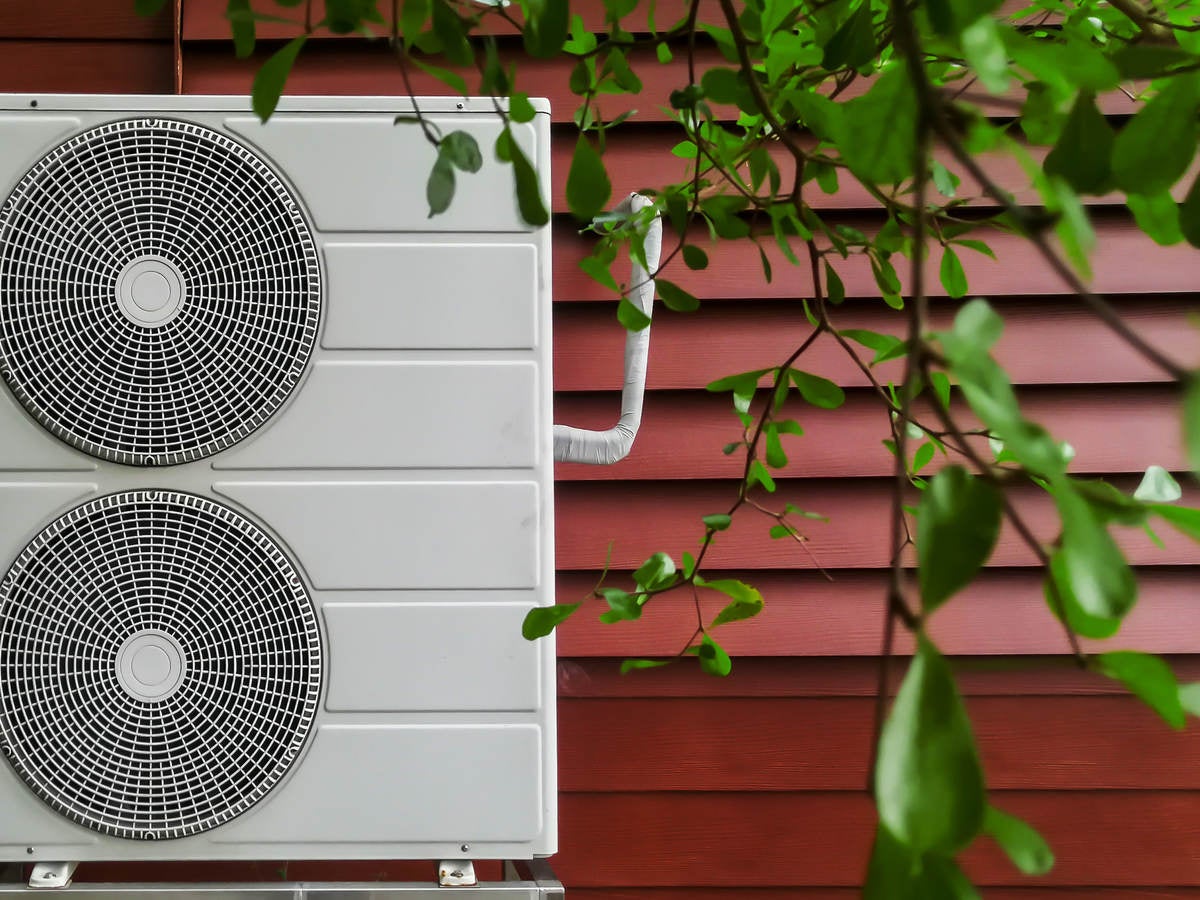
UL's Low GWP Portfolio of Services
How your HVAC products marketed in the EU will be affected by F-Gas regulation changes.

September 21, 2020
According to the EU F-Gas Regulation, by 2021 emissions of fluorinated gases (F-gases) must be halved compared with 2015 emissions and reduced by approximately 80% by 2030. Since 2020, hermetically sealed commercial refrigeration systems may only be sold if the gas used has a global warming potential (GWP) of less than 150. Almost all known gases below this value are flammable. Commercial refrigeration appliances — but also air conditioning systems and heat pumps — must be quickly converted in order to be marketed successfully in the future. Natural refrigerants such as carbon dioxide, isobutane, propane or ammonia together with some hydrofluro-olefins (HFOs) can undercut the 150 GWP limit. By comparison, the value of R-134A GWP is 1,430— almost 10 times the GWP of natural refrigerants. However, the less climate-damaging gases pose new problems because, with the exception of CO2, they are flammable or toxic. This put manufacturers of EU products in front of additional regulatory requirements and challenges.
When looking into the CE marking requirements, depending on the type of product, the following directives are potentially impacted when changing HVAC equipment to a flammable gas:
The low voltage directive follows IEC/EN 60335-2-40 (Air Conditioning) as well as IEC/EN 60335-2-89 in which specific actions are required when using a flammable refrigerant. But in both cases, the standard is still not full harmonized with the latest IEC version and doesn’t recognize A2L refrigerants that need to be handled like A2/A3 when testing the product.
The MD states clearly that machinery must avoid any risk of fire, overheating and explosion. The manufacturer is responsible for performing an adequate risk assessment for their system, and the potential hazards related with the flammability of the refrigerant need to be considered and properly mitigated.
From the Directive’s standpoint, the first impression could be to assume that ATEX compliance of the product will be required. The directive says it applies to “equipment and protective systems intended for use in potentially explosive atmospheres.” Even if every case needs to be evaluated on its own, this situation is not a given for typical HVAC equipment, and full compliance is not necessary.
The PED is strongly impacted by a change to a flammable refrigerant. The reason is that the PED differs between nonhazardous (A1 Class) and hazardous gases (A2, A2L and A3). The PED evaluation in order to determine the category of the gas containing components is much more stringent when a hazardous gas is used. In general, a system that is under PED Cat. I with a non-flammable gas, e.g., R410A, is likely to raise to PED Cat. II when using a flammable gas, e.g., R32, because the start limits for PED Cat. II moved down by 75% with the gas switch. If an HVAC component, e.g., hermetic compressor, ends up in PED Cat. II or higher, third-party certification is compulsory if sold independently in the EU. Consequently, the PED category of the HVAC system is triggered by the PED category of the components and will require a third-party certification as well.
Why choose UL?
UL supports customers throughout the process for CE marking with advisory services, training, documents of conformity and certification for all required directives of HVAC products that use flammable refrigerants. We recently published a webinar with more details about EU market compliance when using flammable refrigerants, which is available for free below.
For more information, visit us at www.UL.com/lowgwp.

UL's Low GWP Portfolio of Services
Thanks for your interest in our products and services. Let's collect some information so we can connect you with the right person.